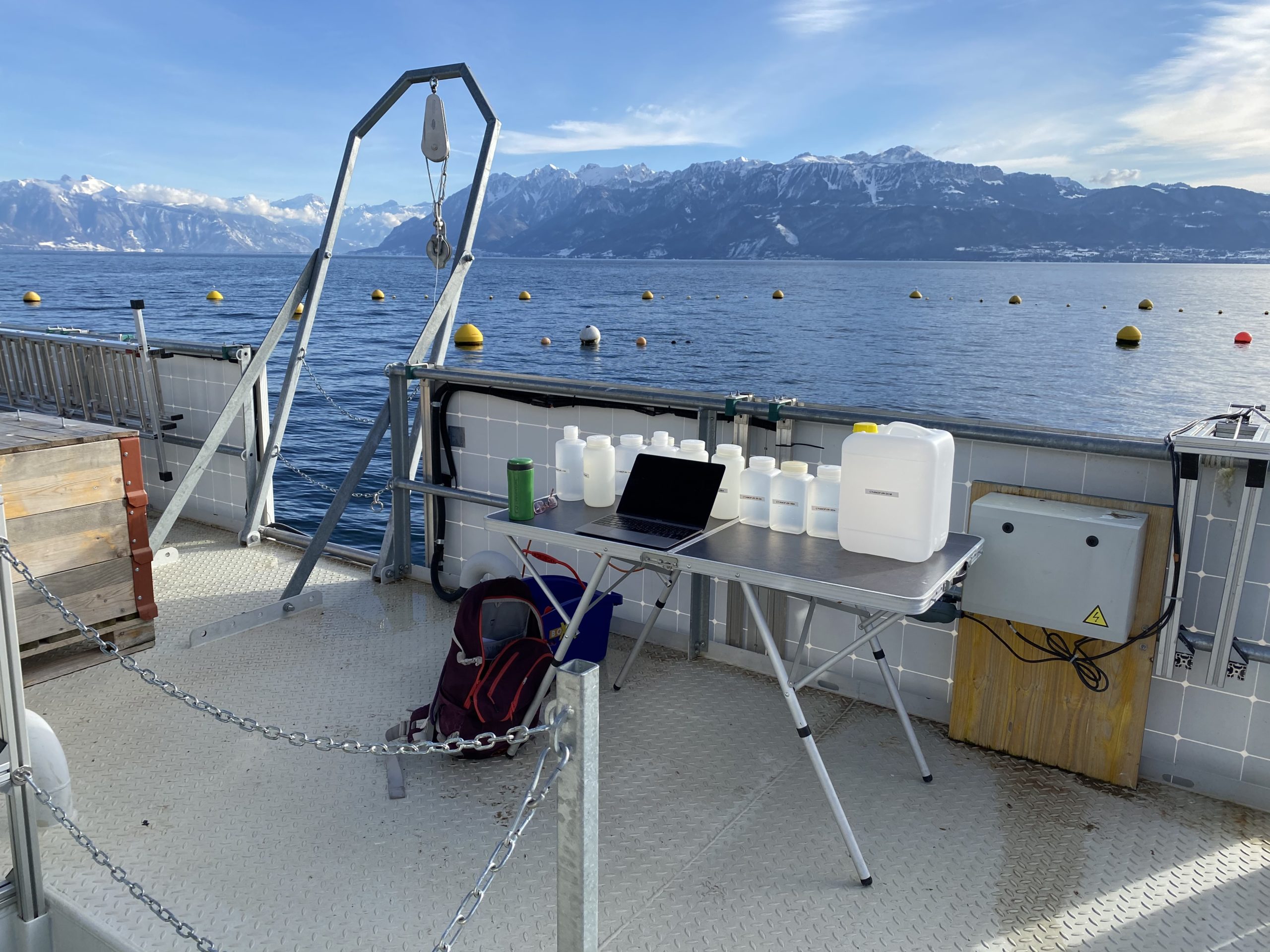CYANOSENSE project : Remote sensing and risk assessment of toxic Cyanobacteria in Lake Geneva

The project in a nutshell
Climate change and human development favor the abundance of cyanobacteria populations as well as the frequency and persistence of cyanobacterial harmful blooms (cyanoHABs). Multiple groups of toxic Cyanobacteria are regularly found in Lake Geneva. Namely, Planktothrix rubescens and species of the genus Cyanobium, Pseudoanabaena, Aphanizomenon and the worrisome benthic Tychomena. To date, however, there is no information on the existence and distribution of benthic mats of toxic Cyanobacteria in Lake Geneva. Moreover, the risk level posed by both planktonic and benthic toxic Cyanobacteria in this lakeremains unknown, which hampers appropriate management of the risks. Remote sensing is an increasingly useful tool to assess lake water quality issues, because the number and types of satellites increased strongly over the past decade. In this project we will (i) identify the diversity of both planktonic and benthic cyanobacterial populations by metagenomics and characterize the production of cytotoxins throughout the year, (ii) develop new protocols for the early detection of cyanobacterial blooms and mats by remote sensing, and (iii) incorporate our findings into risk assessment protocols. Ultimately, the results of our project will enhance our preparedness for the emergence of both planktonic or benthic toxic Cyanobacteria in Lake Geneva.
Team members
- Bastiaan Ibelings – Professor
- Elisabeth Janssen – Senior scientist EAWAG
- Daniel Odermatt – Scientist EAWAG
- Anna Carratala – PhD EPFL
Back to Current Projects




